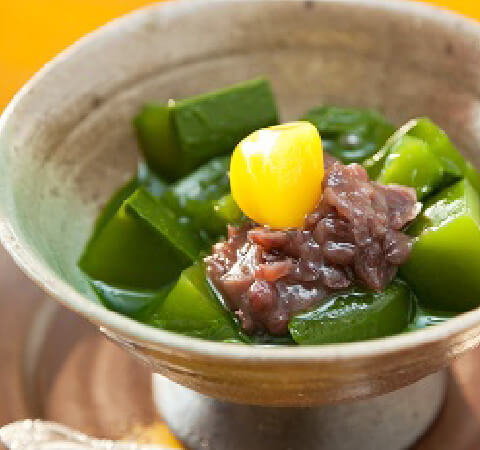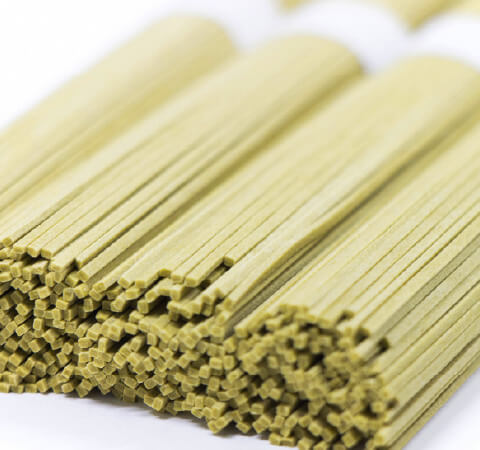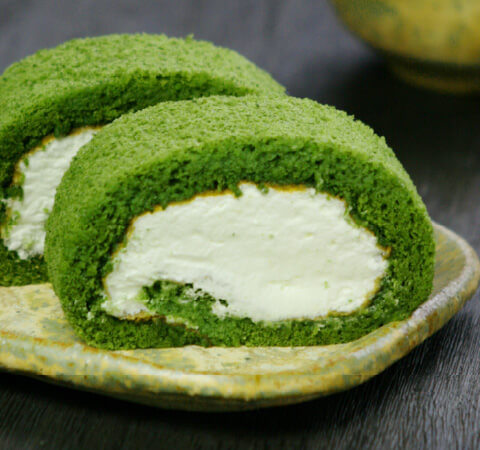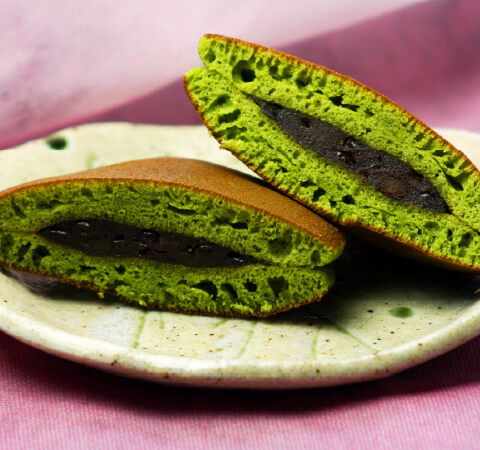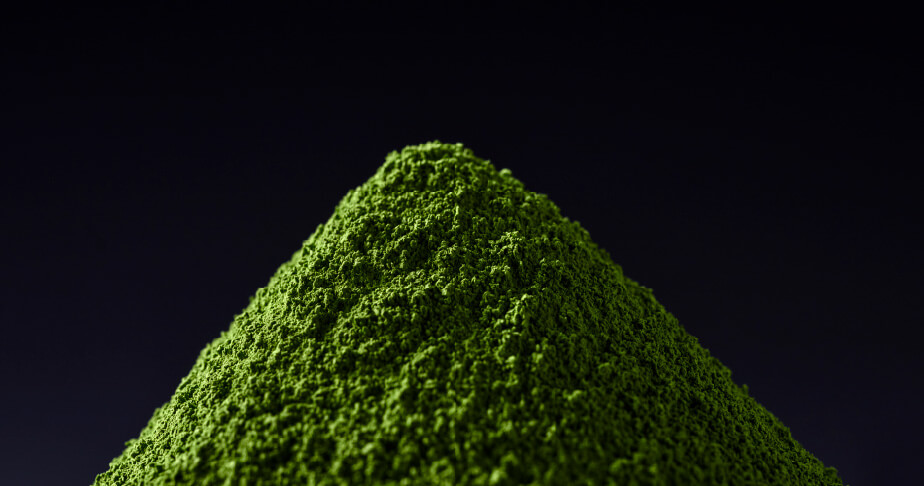Hagimura Seicha’s Matcha
We deliver the true spirit and essence of matcha tea.
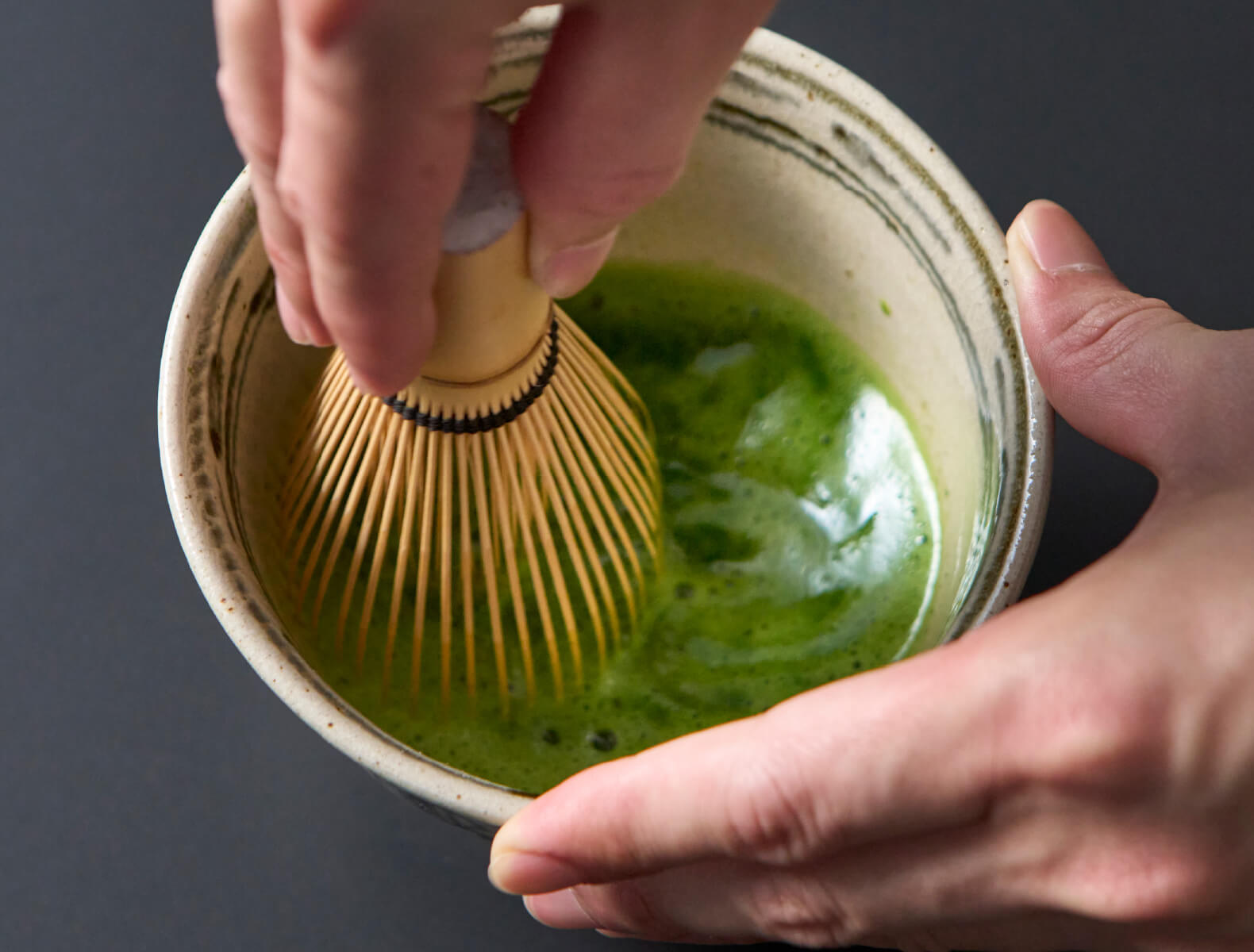
Seicha’s
Matcha
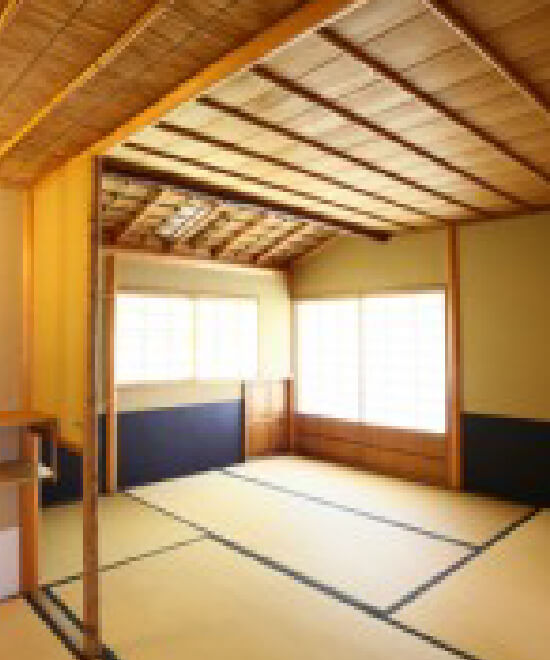

Seicha’s
Matcha
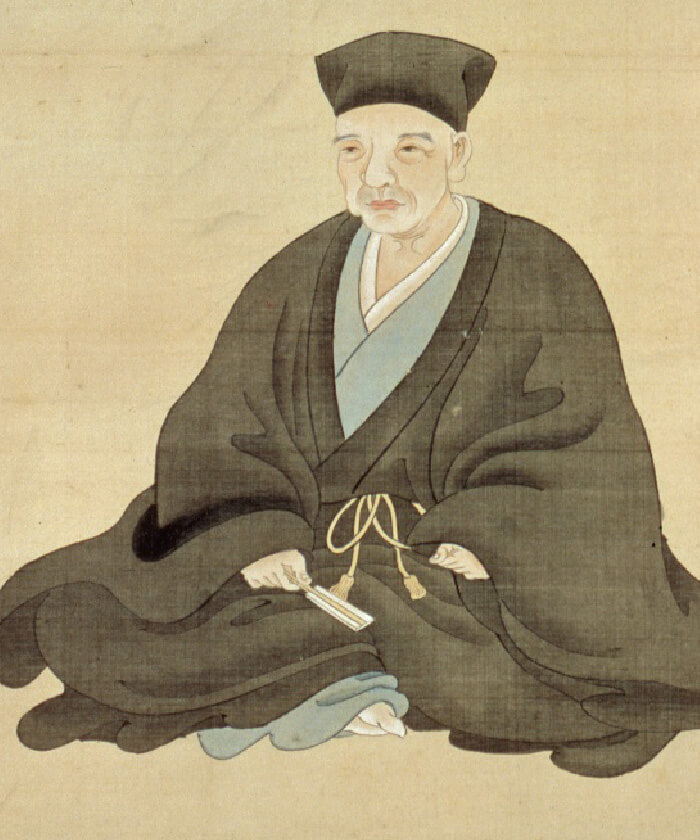 Sakai City Museum Collection
Sakai City Museum Collection

 Sakai City Museum Collection
Sakai City Museum Collection
We hope to respectfully communicate the history
and culture of matcha tea
Tea is said to have been first introduced to Japan between the Nara period and the early Heian period. Later, the techniques for preparing and drinking tencha, the tea leaves used to produce matcha, was introduced in the Kamakura period, which was followed by the establishment of the wabi-cha style of tea ceremony by Sen no Rikyu during the Sengoku period. This gave way to the culture surrounding the chanoyu (tea ceremony) being conveyed through Japan’s unique omotenashi approach to hospitality.
In addition to our dedication to crafting premium matcha, we are also actively engaged in preserving the spirit and history of the tea ceremony. We place importance on initiatives that contribute to improving the quality of matcha and preserving the culture of chanoyu, including the operation of a green tea café with an adjoining tea room and holding study sessions within the company.
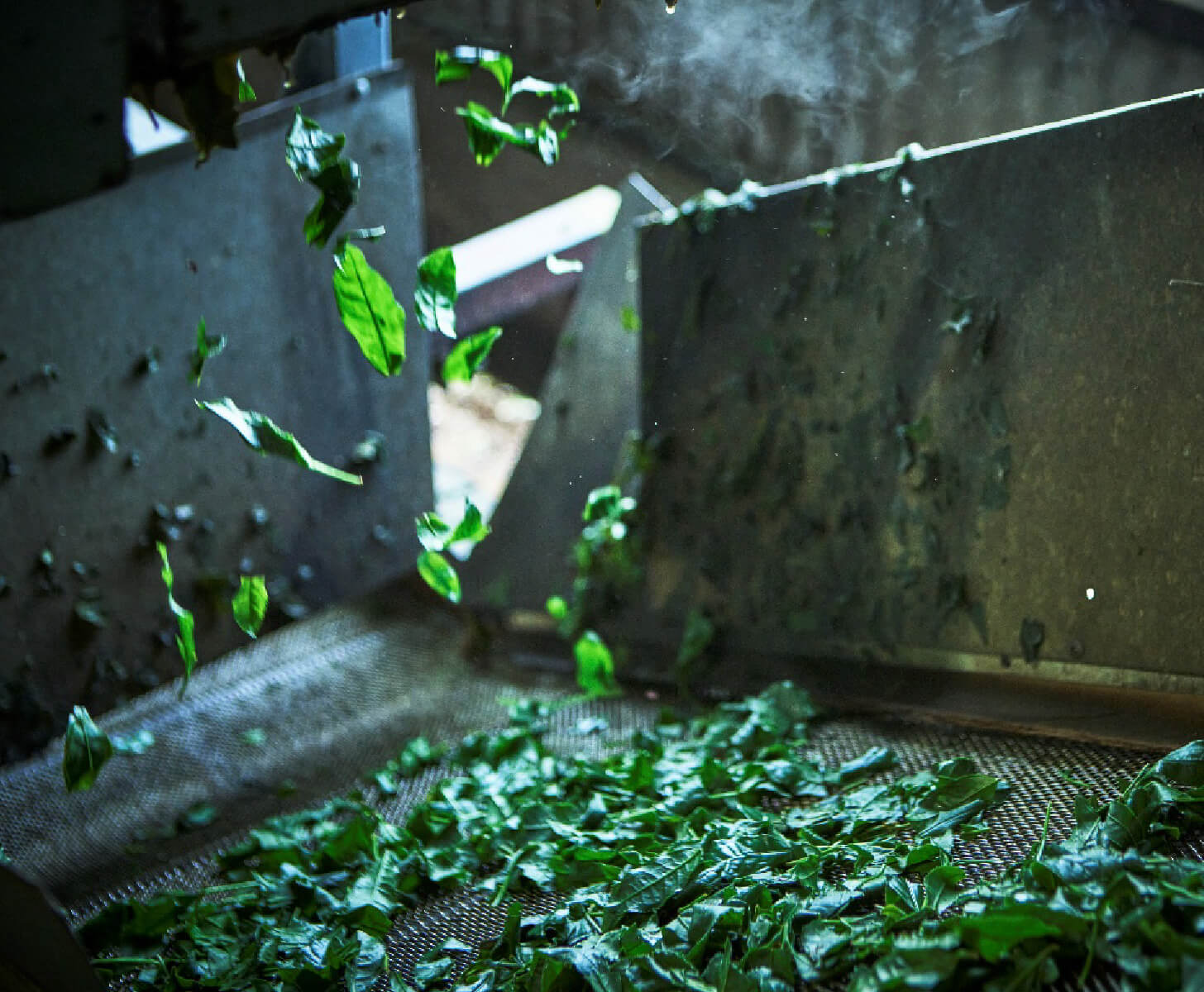
Derived from the rich natural surrounds of Suizawa in Yokkaichi City
Hagimura Seicha is located in Suizawa of Yokkaichi City in Mie Prefecture. Situated at the base of the Suzuka Mountain Range, the surrounding landscape features a well-drained alluvial fan terrain that receives a high level of precipitation with a rich subterranean water supply. It is enshrouded in mist even in summer and gives way to significant fluctuations in temperature year-round, making for the ideal environment for producing delicious tasting tea.
Tencha, the raw ingredient in matcha, is primarily grown in a limited number of areas, including Kyoto, Aichi, Mie, Shizuoka, and Fukuoka. Of these, tencha made from kabusecha is highly regarded for its rich flavor and beautiful tea hue.
Mie Prefecture is the country’s leading producer of kabusecha. Additionally, Suizawa is a renowned site for kabusecha production dating back over 170 years.
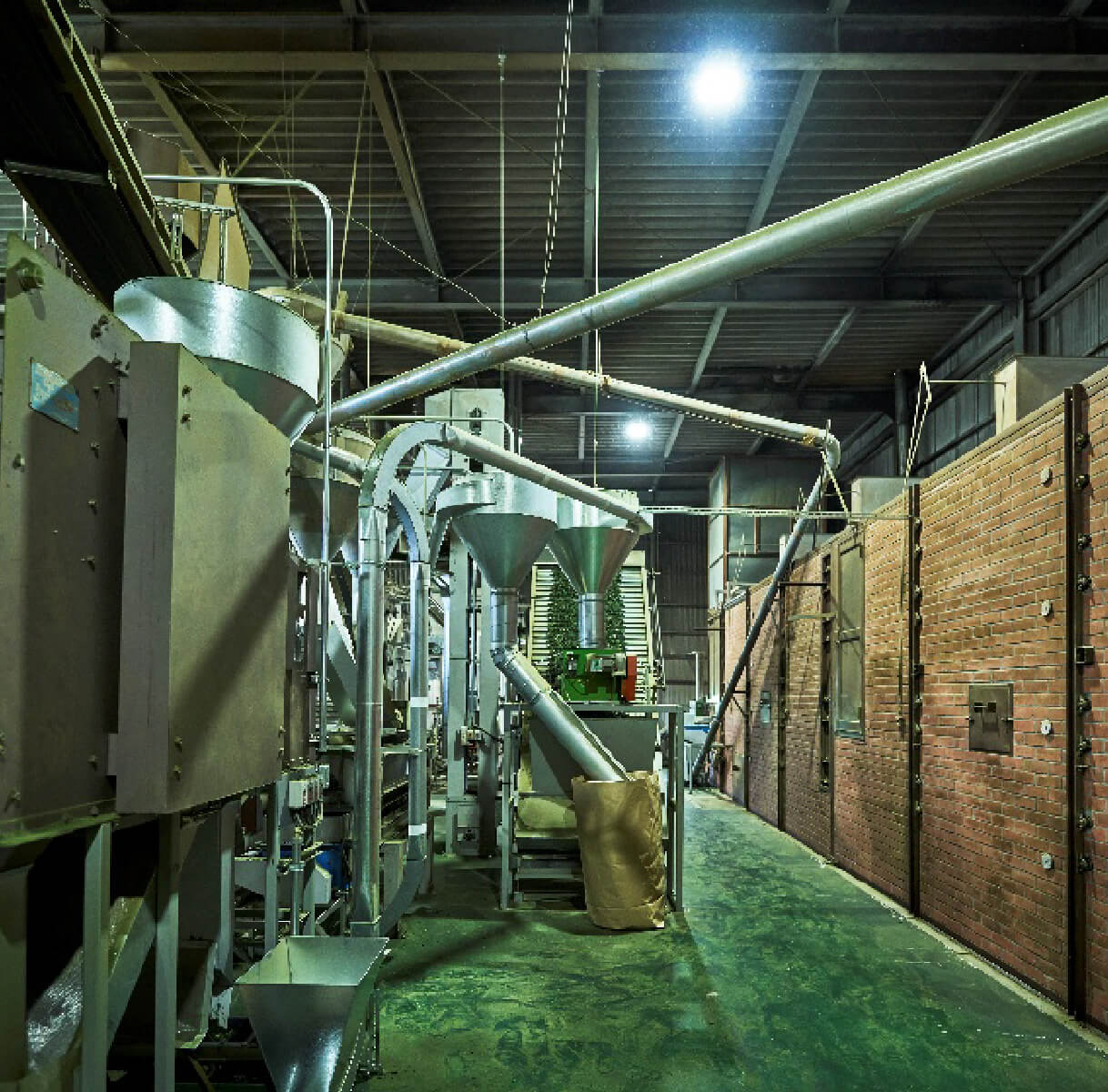
In pursuit of the “unique”,
steeped in tradition and evolution
Hagimura Seicha’s matcha is made using premium gyokuro leaves, carefully hand-picked and grown under specialized shade covers.
We produce aromatic, high-quality tencha using a custom-designed furnace based on improvements to the traditional brick-style tencha roaster. We create matcha distinguished by its full-bodied flavor, a vibrant deep green color, and a fine, smooth texture, emphasizing a commitment to traditional stone milling.
Delivering the great taste of Japanese matcha tea to the world
Hagimura Seicha actively responds to demand for matcha products in overseas markets, driven by a global boom in the popularity of matcha tea.
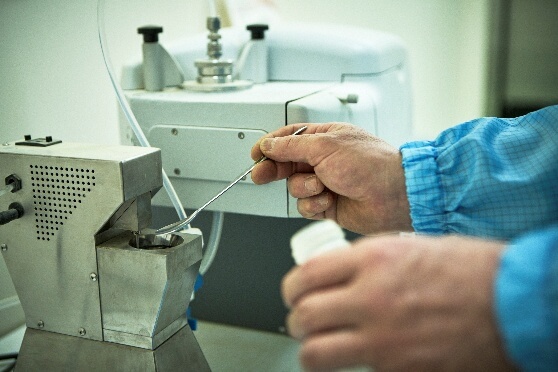
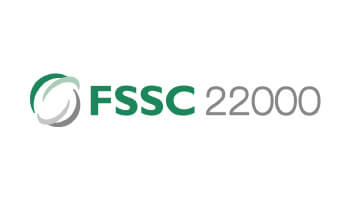
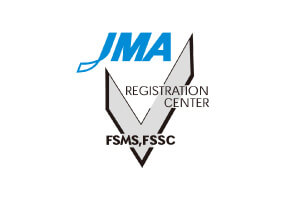 JMAQA-F725
JMAQA-F725JMAQA-FC597
Minami Plant
 MPJA-JPN-MF-
MPJA-JPN-MF-202210060047

Catering to the needs of
countries the world over
Today, matcha has gained worldwide popularity and is enjoyed beyond the realm of tea ceremony, making an appearance in various drinking styles and found on a wide range of menus. Matcha is increasingly popular as a coffee flavor, as well as an ice cream flavor and in sweets, with demand for matcha-flavored products skyrocketing both in Japan and abroad.
Matcha is also garnering attention as a so-called “super food” containing compounds thought to provide health benefits, such as tea catechins, vitamin C, and chlorophyll.
Hagimura Seicha is leading the charge in establishing a framework for responding to demands for various matcha products from all over the world.
